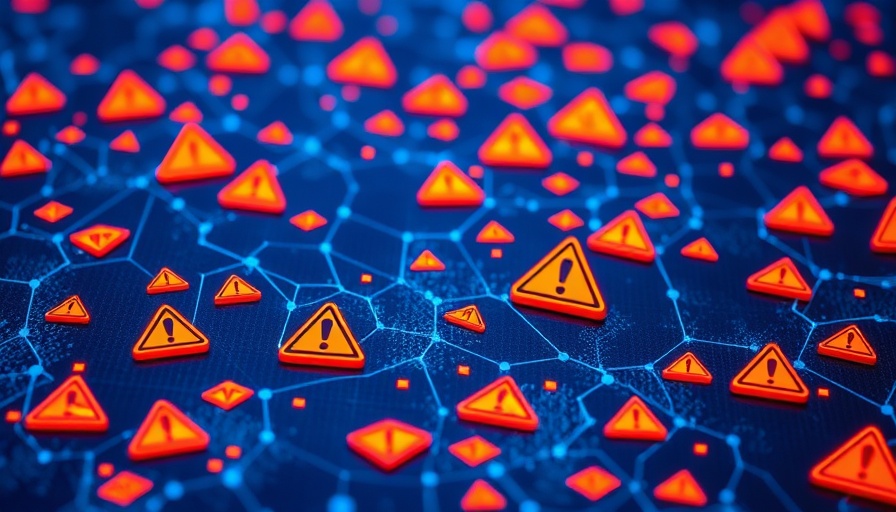
The Great Google Cloud Outage: A Wake-Up Call for Reliance on Centralized Services
On June 12, 2025, a significant outage of Google Cloud services caused ripple effects across the internet, leading to disruptions in various popular applications including Spotify, Discord, and Snapchat. Google Cloud has long been a backbone for many online services, and this incident highlighted the vulnerabilities inherent in today's interconnected digital landscape.
What Happened?
Reports of the outage began around 11 a.m. PT, as Google Cloud started investigating service disruptions. By 11:19 a.m., Cloudflare confirmed its services were impacted too, as they too rely on Google Cloud for some functionalities. According to Cloudflare spokesperson Ripley Park, their core services remained unaffected, but it was clear that many users would face interruption.
Thousands flocked to DownDetector to report issues, with AI tools like Replit experiencing a halt, showcasing how even niche tech applications suffer from central failure points. This isn't just a technical glitch; it brought an entire range of user experiences to a standstill.
The Fragility of the Digital Ecosystem
This outage serves as a wake-up call about the fragility of our reliance on centralized services. While giant tech companies like Google, Amazon, and Microsoft Azure handle a significant amount of data and user traffic, it’s also essential to reflect on potential impacts when one of these behemoths stumbles. Organizations must question whether their operations are overly dependent on a single cloud provider for critical services.
The Industry's Response
Amidst users' frustrations, competitors like AWS and Azure remained unaffected, highlighting the competitive dynamics of the cloud services industry. While many smaller services fell victim to Google’s outage, others are leveraging this moment as an opportunity to bolster their positions. Business continuity is more critical than ever, and this event has renewed calls for more distributed and resilient cloud architectures.
Lessons Learned: Preparing for Future Outages
As digital citizens, understanding how to prepare for such internet-wide outages can have lasting beneficial effects. Companies should think critically about backup systems and data recovery options that do not solely rely on any single provider. The implementation of diversified cloud strategies will allow organizations to weather disruptions more easily, maintaining crucial services and communications.
Are We Too Dependent?
Ultimately, this incident begs a crucial question: are we too reliant on giant tech corporations? While these companies provide invaluable convenience, the interdependence can create a systemic risk framework that can topple an entire ecosystem in an instant. As more services move to the cloud, it’s vital for consumers and businesses alike to re-evaluate their technology strategies and contingency plans.
Conclusion: Moving Forward
This outage is a reminder that while technology provides incredible benefits, it also creates vulnerabilities that must be openly discussed. Companies and individuals alike should remain proactive in crafting adjustments to their tech usage and expectations moving forward, fostering resilience in a digital-first world.
 Add Row
Add Row  Add
Add 



Write A Comment